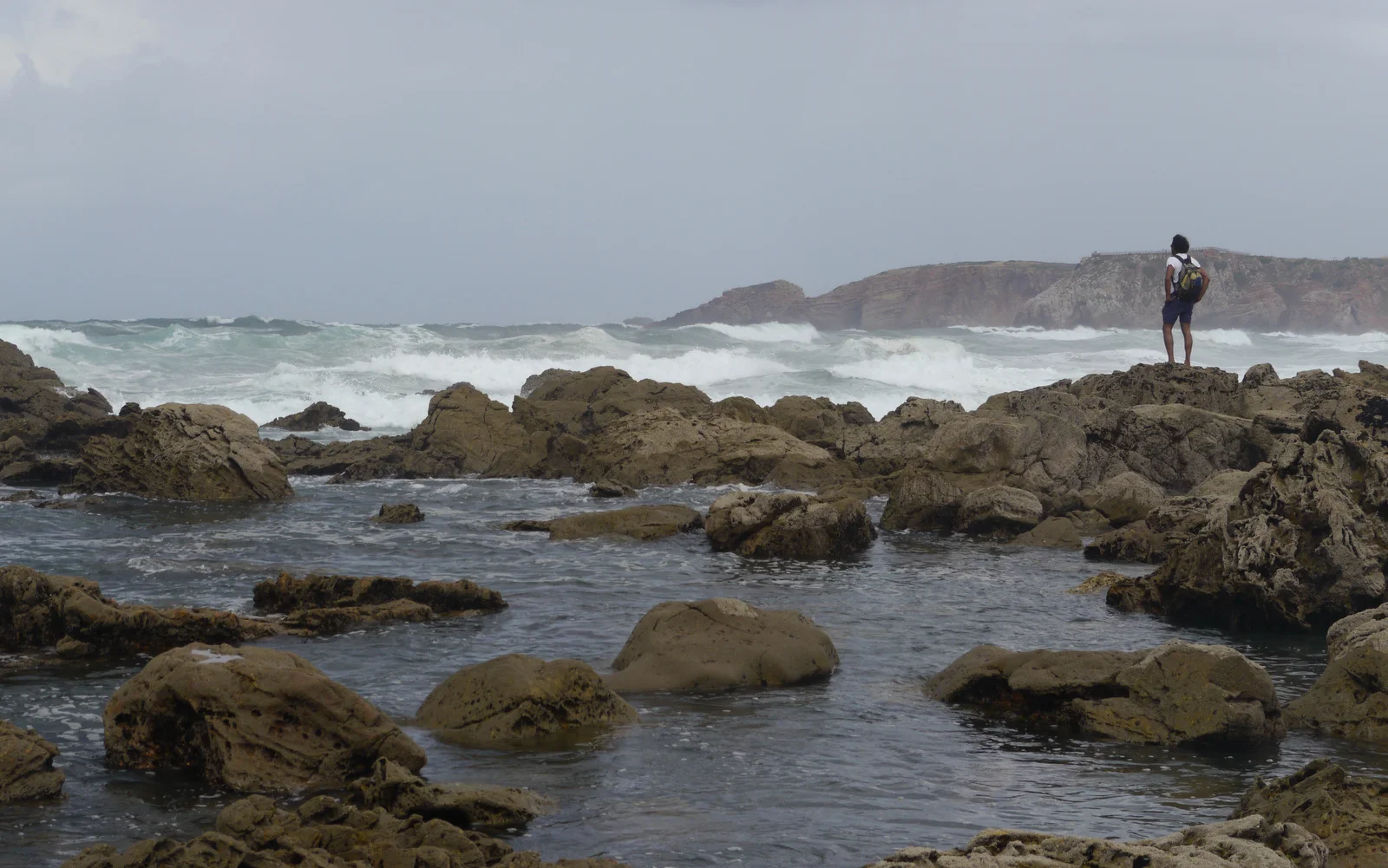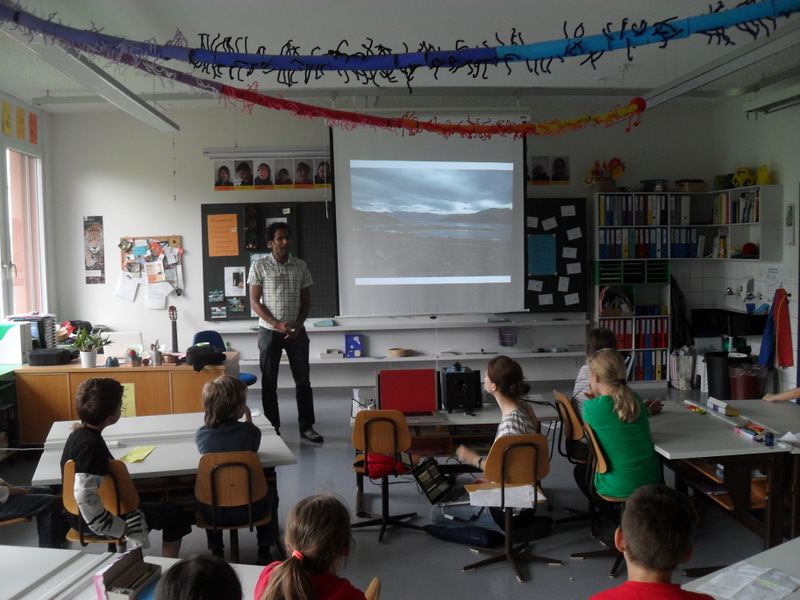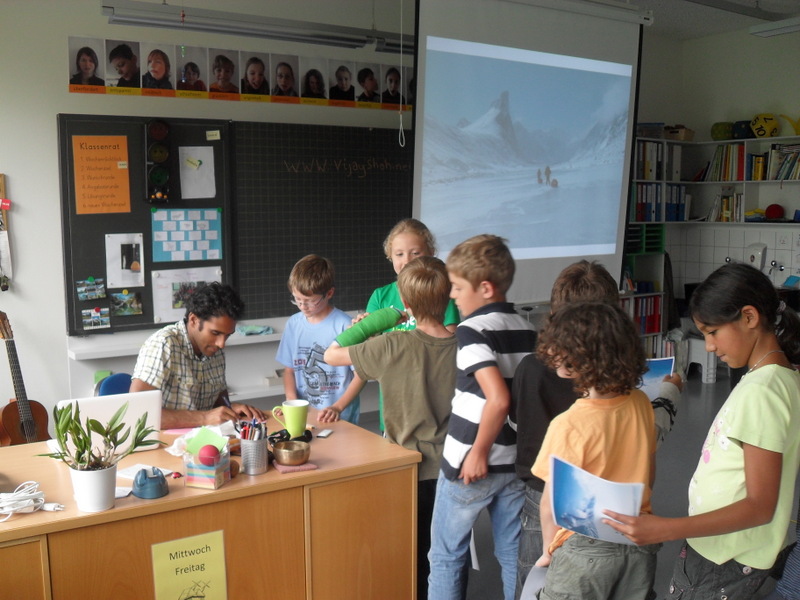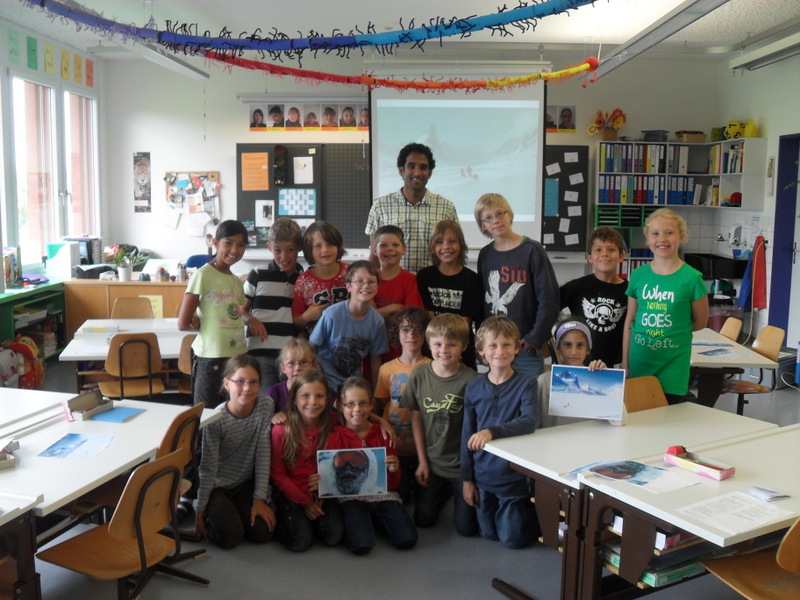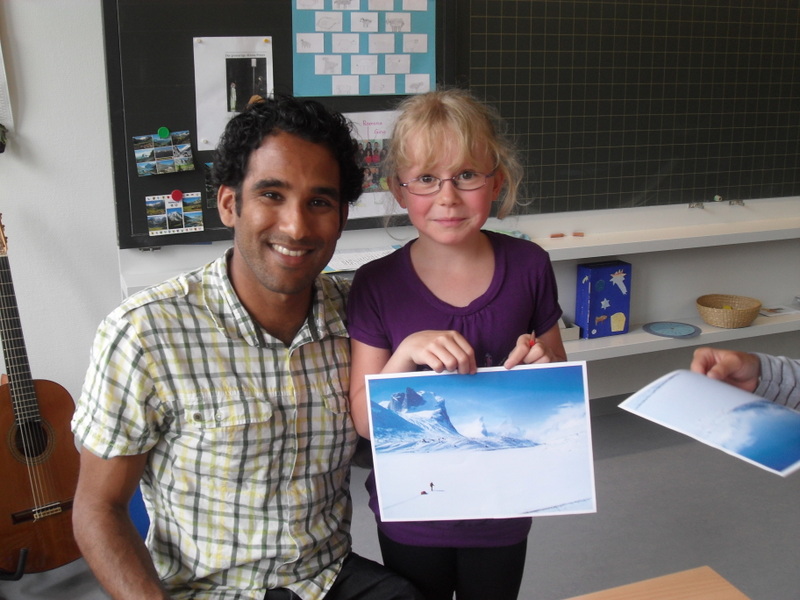Scandinavia is so accessible to us in the UK with and with the ‘last wilderness’ in Europe it really is a must for anyone loving the outdoors. Arctic Norway is even more accessible than most of Scandinavia through the gateway town with international airport Tromso. I’ve flown through Tromso before, heading over to the high Arctic islands of Svalbard but on this occasion I was keen to see what was there to do with only one or two weeks to spare.
That’s where we discovered the island of Senja and spent six days traversing the island, hardly seeing a soul. So if you’re competent in wild camping, love hiking and can read maps in low vis. (and like that sort of thing) then this is really awesome trip. Plus, it’s a super cheap trip if you play it right.
From Tromso, you can take a ferry, that takes only a couple of hours, that drops you to the tiny little crossroads of Silsands and from there you’re on your own. Heading straight up into the hills of the interior you have the entire island to yourself.
Water can be scarce in the high interior where there aren’t many rivers and if you’re lucky enough to have fabulous weather, like we did, then that means that the small streams that exist will be very low. So make sure you have plenty of water containers to fill up when you do find a water source and enough fuel to boil away water taken from less than perfect sources.
Hiking across the interior takes you over a mountain pass. Despite it only being around 1,000m high, being this far north means that you will have to pass over snow slopes and it can get bitterly cold with the weather exposure even in mid-August.
Despite not seeing another person, we did see plenty of reindeer. Having spent a fair bit of time in Scandinavia I know how common reindeer are and that they don’t really fear humans at all. Many a times I’ve woken up in my tent to the sounds of a herd of reindeer walking straight through our camp. As well as not being scared by humans they are also not bothered or interested in us. But that was different on Senja, clearly not seeing humans that often they were enthralled by our presence and kept on hiding behind the next rise to see us before running off to try and sneak up a different way to get a view. We were completely bemused and we enjoyed turning around every few minutes to find a couple of reindeer following us. They will stop in their tracks, frozen like a children’s game and start again when we turned back around.
Depending how quick you go, you’re looking at 4-8 days to get to the southern side of the island where a ferry leaves fairly frequently. Be sure to check out the days and times and make sure you’re there on time. You cannot bet on the weather but you can bet on the ferry times.
At a push, if you’re well organised, you could do this on a week’s trip, ideal for those of us with limited holiday. We took two weeks out and spent the second week exploring Tromso and other parts of the Arctic.
If this does inspire you to get to Senja send me over a photo. Happy planning!
